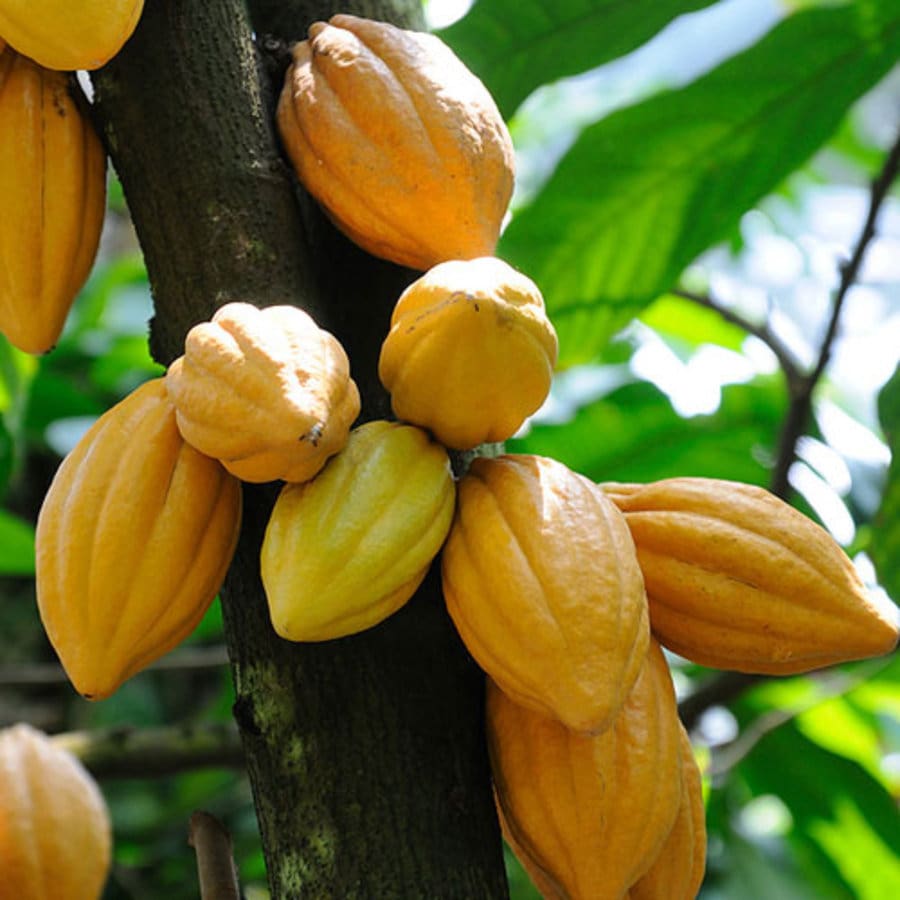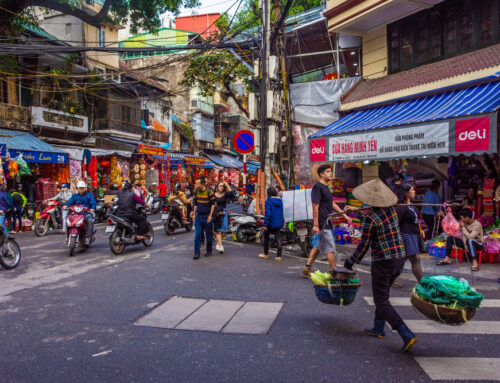Trendy Tastes of Peru – Discover What Top Chefs Already Know

Peruvian food has become the latest trend in cuisine, carving out its own niche in high-end restaurants across the world. But fancy eateries aren’t the only places dishing up Peruvian food—take-out restaurants serving Peruvian chicken are common in the U.S., and Peru’s ancient quinoa grain is soaring in popularity appearing in recipes on Pinterest and in grocery stores from Pittsburgh to Paris.
But Peruvian cooking still has plenty of surprises up its sleeve. Each region of Peru – the Andes, the Amazon, and the coast – has their own specialty foods. The same goes for each major city. Here is a list of some of the tastiest foods you can only get in Peru (for now), and where you can find them.
- Pachamanca – The Andes
While you’re in the Andes, you’ll likely spend some time hiking around the Inca ruins of Machu Picchu, Cusco, and Ollantaytambo. These ancient buildings have crumbled leaving few clues as to their original purpose. Inca cuisine is another story however. Once you try some, you’ll have little doubt about why these cooking traditions have survived to the present day.
Pachamanca is a style of barbecue that’s named for Pachamama, or “Mother Earth” from Inca lore. To prepare pachamanca, chefs dig a sizable hole in the ground. They then place a layer of hot coals on the bottom of the hole, followed by a layer of rocks. Finally, a layer of meat (and maybe a few veggies) is added, and the hole is covered with more rocks.
If you choose to hike the Inca trail, you’re required to make the trip with guides. These guides typically do the cooking for you. Hiking through Inca territory is the perfect time to experience pachamanca. Cold mountain air and a long day of hiking heighten the experience of authentic Peruvian barbecue.
- Potatoes – The Andes
What’s that? You’ve tried a potato before? Here’s the inside scoop: You haven’t really tried potatoes until you’ve tasted Peruvian potatoes.
Peru was one of the first places to cultivate potatoes, a process which occurred around 5,000 years ago. Peru’s climate offers the perfect conditions for growing potatoes, and today there are over 5,000 native varieties. Peru’s International Potato Center operates a gene bank to ensure that we can preserve this genetic diversity for generations to come.
On Peruvian menus you’ll find a colorful array of tubers. A type of potato called papa púrpura has bright purple flesh. Papas negras (“black potatoes”) have dark skin and a yellow interior.
Potatoes are an important dietary staple in Peru, especially in the Andes. It can get very cold in the mountains, and potatoes offer an easy way to fill up and keep warm. They appear in dishes like carapulcro, which is made with a rich peanut sauce. Papa a la Huancaína – boiled potatoes with cheese sauce – is a popular appetizer all over Peru.
- Artisanal Chocolate – The Amazon
Chocolate from the Peruvian Amazon is on the cusp of becoming a booming international business. A recent surge in chocolate prices has led the chocolate industry to look for more places to grow cacao. The Amazon basin offers the perfect environment, and explorers have recently found several rare species of premium cacao in the jungle here.
Eat local Peruvian chocolate to experience some of the most exotic chocolate in the world. You might even consider stopping by the Choco Museo in Lima to participate in a chocolate workshop. At one of these workshops you’ll learn how Peruvian cacao gets transformed into silky bars of chocolate.
- Ceviche, Tiraditos Style – The Coast
You can order ceviche, a dish of fish marinated in citrus juices, in many Latin American restaurants in the U.S. Most countries in South America make their own version of ceviche, and Peruvian ceviche has evolved alongside an influx of Japanese immigrants. This blend of cultures has resulted in a dish called tiraditos, which is made from fish lightly tossed with citrus.
For a typical ceviche recipe, the fish soaks in citrus juice for several hours. Marinating gives the fish a lightly cooked consistency. With tiraditos, the citrus serves only to flavor the fish, and the fish keeps the raw consistency of sashimi.
In Peru, traditional accompaniments include slices of sweet potato and kernels of roasted corn. The sweet potato balances out the sharp acidity of the citrus, and the corn offers a contrasting texture. To find the best tiraditos, visit the Peruvian coast or dine at a high-end seafood restaurant in Lima.
- Anticuchos – Street Vendors (Especially Lima)
Some upscale Peruvian restaurants in the U.S. have begun to offer anticuchos. Chefs often make this recipe for grilled, marinated meat with a nice slab of steak. Peruvians make anticuchos with a cut of meat that hasn’t yet gained popularity in the States.
In Peru, you can get anticuchos made with traditional cuts of cow heart. You’ll smell them on the street, grilling at roadside stands. Cow heart anticuchos are part of Peru’s vibrant street food culture. Bite-sized chunks of heart are skewered, marinated in vinegar and peppers, and grilled.
Legend has it that the recipe dates back to the Inca. Nowadays, anticuchos are one of the most popular street snacks in Lima.
*************************************
About The Author: Molly Kendrick is a part-time traveler and freelance writer for Anywhere Travel. Anywhere can help you discover destinations in Costa Rica, Panama, Peru, and Guatemala, and will create your customized travel plan for free.
*************************************
Image Source: Google Commons










